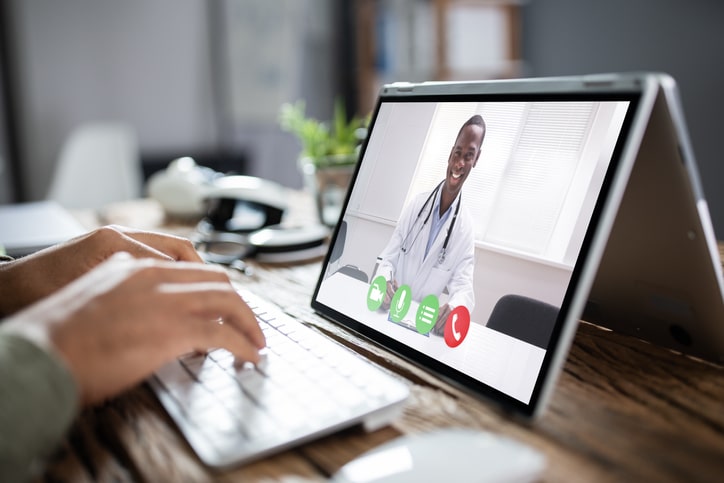TeleHealth And The Benefits To Medicine
Thanks to Coronavirus, telehealth has become a forefront topic and witnessed an increase in use and popularity. Health Departments worldwide are now urging people to call doctors instead of rushing to emergency rooms or healthcare facilities when they suspect they have contracted COVID-19.
The CDC and WHO are both encouraging the general public to explore TeleHealth options like Doctors on Demand.

What Does Telehealth Entail?
TeleHealth is essentially using today’s technology to have an appointment with a health specialist. This allows for flexible locations for both the healthcare provider and the receiver. You could be at your local hospital, GP clinic, or from the comforts of your home.
Patients receive a telehealth appointment with their doctors using video chart technology similar to Skype but with a sophisticated high-security network and specialized devices that allow the doctor to assess them even though they are not in the same room.
Benefits of Telehealth
1. No Travel Costs
Having access to a doctor at the tap of your smartphone or computer eliminates the expenses that come with traveling – from bus fare to gas charges or parking fees and saves you time and money. Besides, you get to see the doctor sooner and on-demand.
2. Access to a Wider Variety of Specialists
Specialists that may not be available in your local town can be accessed from literally anywhere in the world. Your and your primary caregiver have the advantage of obtaining a large pool of specialists over the internet.
3. Prevention of Cross-Infection
Where are you sure to find many ill people? At the hospital’s waiting room definitely. By staying at home, patients reduce the risk of catching other diseases or cross-transmission to others.
The Future of Telemedicine
Doctor on Demand’s Chief Medical Officer Ian Tong affirmed in a recent interview affirmed that there has been a rise in the consumption of Telehealth services since the advent of Coronavirus. Even doctors have had to upscale their models in response to the surge.
When we hear Telehealth, we ideally associate it with a virtual consultation, assessment, and prediction. The dynamics are fast-changing, especially with the introduction of attached healthcare gadgets, apps, and remote medical kits.
Remote Medical Kits
Many tech companies like New York’sTytocare and GALE based in silicon-valley are now developing handheld diagnostic kits – pulse oximeters, otoscopes, stethoscopes, and digital thermometers – that can easily be handled by patients even without professional health workers. Data obtained by these devices are instantly sent to doctors for interpretation.
Attached Healthcare Gadgets
Diabetes patients can now obtain a kit integrated with an app to help in testing their sugar levels from One Drop. Your doctor can virtually monitor your heart rate in realtime using a digital microscope. With increasing funding in the telemedicine sector, these gadgets will see quite a great deal of improvements. AliveCor has a portable Kardiomobile device in the market that can detect bradycardia, tachycardia, normal heart rhythm, or fibrillation in a record 30 seconds.
Apps
From ResApp Healths smartphone apps that record and transfer data on coughs to the smart app by Health.io, which examines urine using smartphone camera features, there is just a lot at stake as far as digital health apps are concerned. Beyond examination and prescription, telemedicine makes follow-ups a lot easier. The application of AI guarantees more accurate measurements that can be stored and accessed by caregivers anytime.
Telehealth came and revolutionized how we access health services. The future of healthcare is shifting from visiting hospitals to having the doctor’s magical tools right in our pockets and computer bags.





